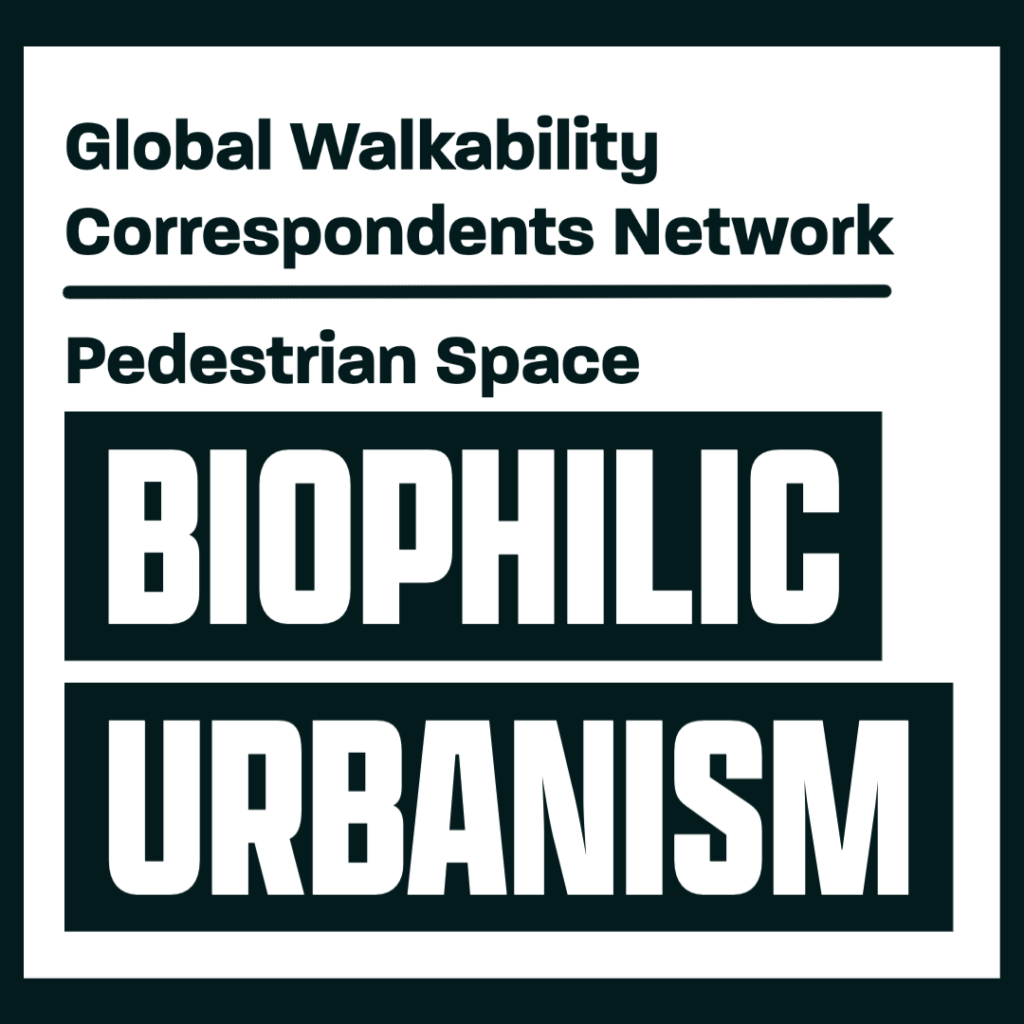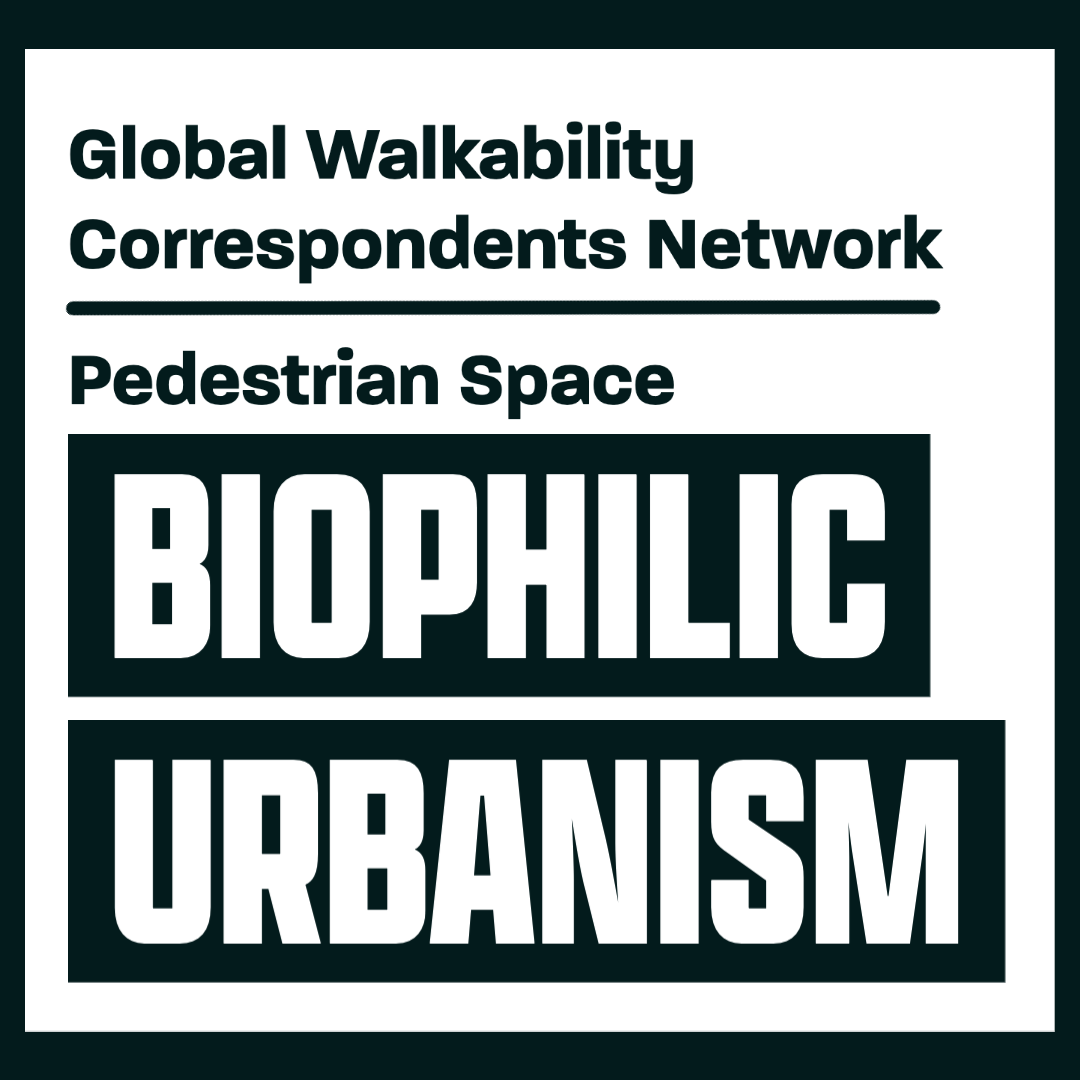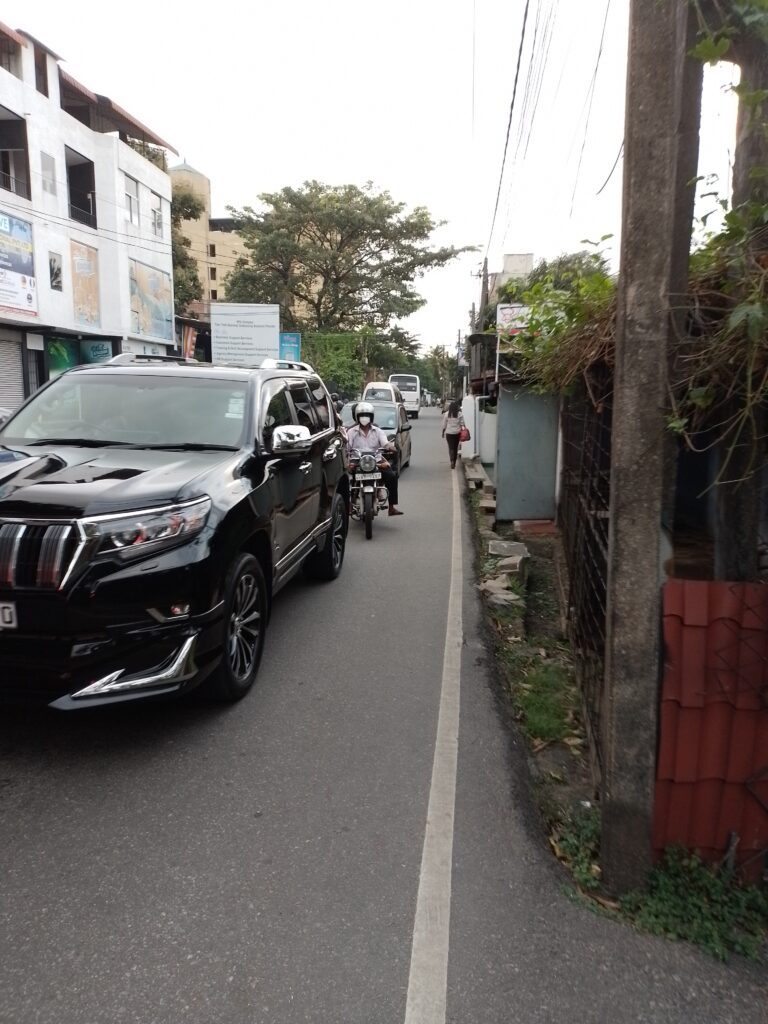PAGE UNDER DEVELOPMENT // OCTOBER 2022
For info on GWCN working groups visit https://pedestrianspace.org/network-working-groups/
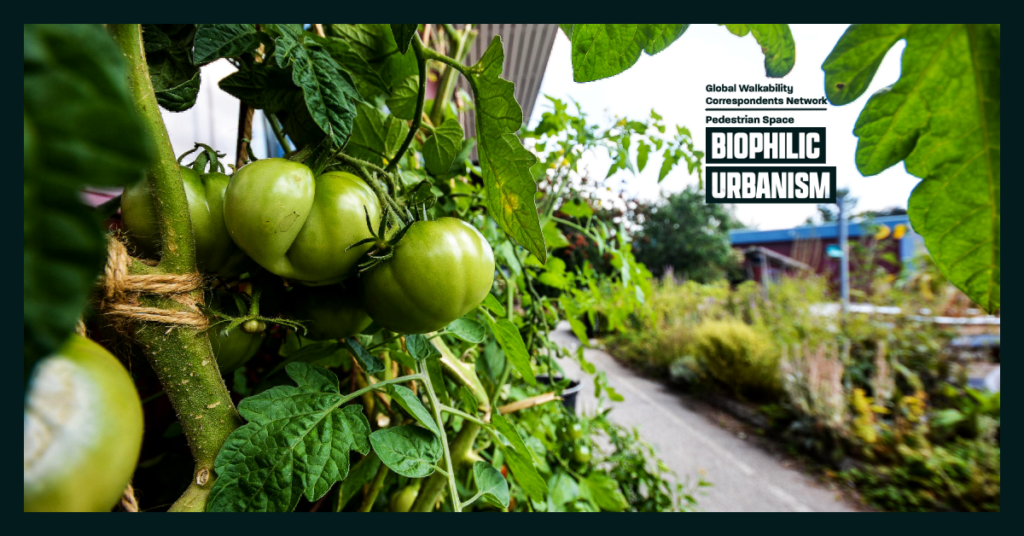
The Biophilic Urbanism working group explores the relationship between cities & nature with topics such as urban agriculture, green spaces & cities & urban heat islands. We are hoping to share knowledge and learn from each other, support the positive change & fast-track the positive change we currently see within cities.
- Urban & Community Gardens
- Blue Zones
- Food Deserts
- Food Justice
- Food Sovereignty
- Farmer’s Markets
- Urban Agriculture
- Urban heat islands
- How nature-based solutions can be a critical part of the equation for developing healthy cities & communities
- The role of green spaces for climate-resilient urbanism
- How the pandemic exposed great inequity in access to green space in many cities
- Equity in tree coverage & shaded paths
GROUP ACTIONS
•Local investigations
•Content production on group topics
•Sharing professional expertise (Presentations & Roundtables)
•Hosting topical experts (Roundtables)
Video by Alvaro on Group Mission (June 2022)
Video by Sulochi on Group Mission (June 2022)
Group Co-Leads: Alvaro Contente (Santiago, Chile), Annika Lundkvist (Warsaw, Poland) & Sulochi Walisinghe (Melbourne, Australia)
Participants: Mohammad (Isfahan, Iran), Nadia (Amman, Jordan), Nicole (St. Petersburg, FL, USA), Brianna (San Luis Obispo, CA, USA), Jamie (Phoenix, AZ), Nancy (Madurai, India), Moksha (Amritsar, India), Atina (Uppsala, Sweden), Maria (Crete, Greece), Divantha (Kandy, Sri Lanka), Carlos (Toronto, Canada), Alan (London, England)
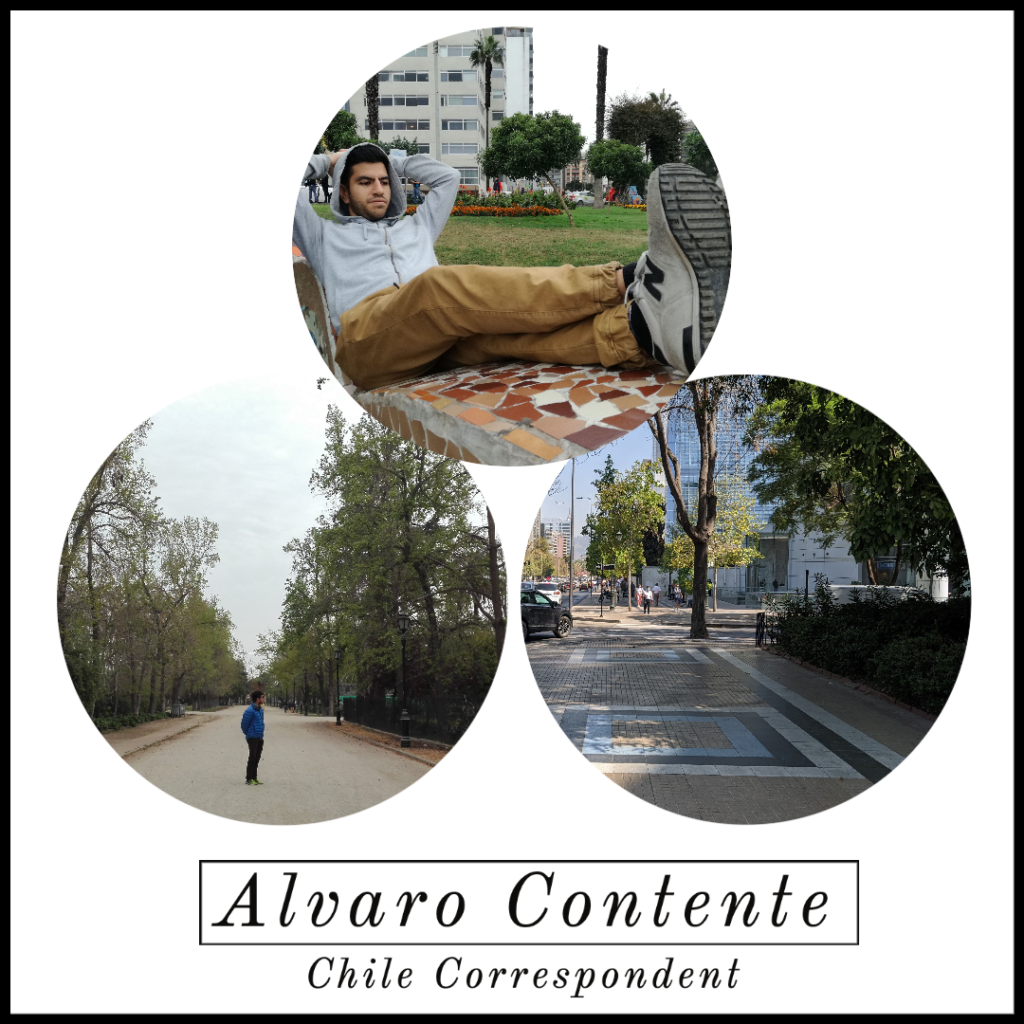
Location: Santiago, Chile
Interests: Urban & community gardens, urban heat islands, role of green spaces for climate-resilient urbanism, the pandemic’s exposure ofgreat inequity in access to green space in many cities, green infrastructure, equity in tree coverage & shaded paths
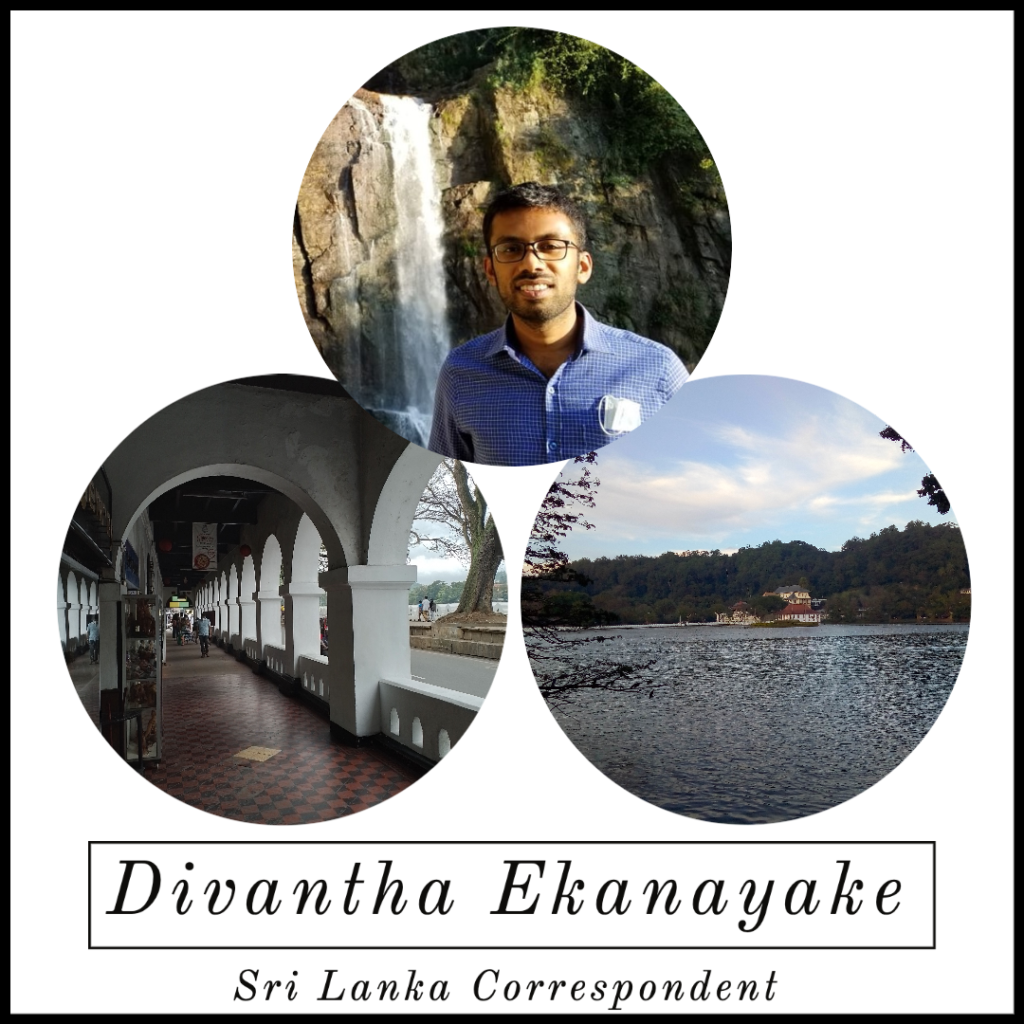
Location: Kandy & Colombo, Sri Lanka
Climate Zone: Tropical
Elevation: Kandy-500m; Colombo-1m
Interests: Urban & community gardens, urban heat islands, urban agriculture, the pandemic’s exposure of great inequity in access to green space in many cities, role of green space in climate resilient urbanism, green infrastructure, equity in tree coverage & shaded paths, biophilic design & water, green corridors, urban woodlands, and the role of street trees in residential neighborhoods
Urban Heat Investigations:
NEGATIVE EFFECTS
- Overheating
- Amplified risks for marginalized communities
MITIGATIONS
- Tree planting
- Cool roofs
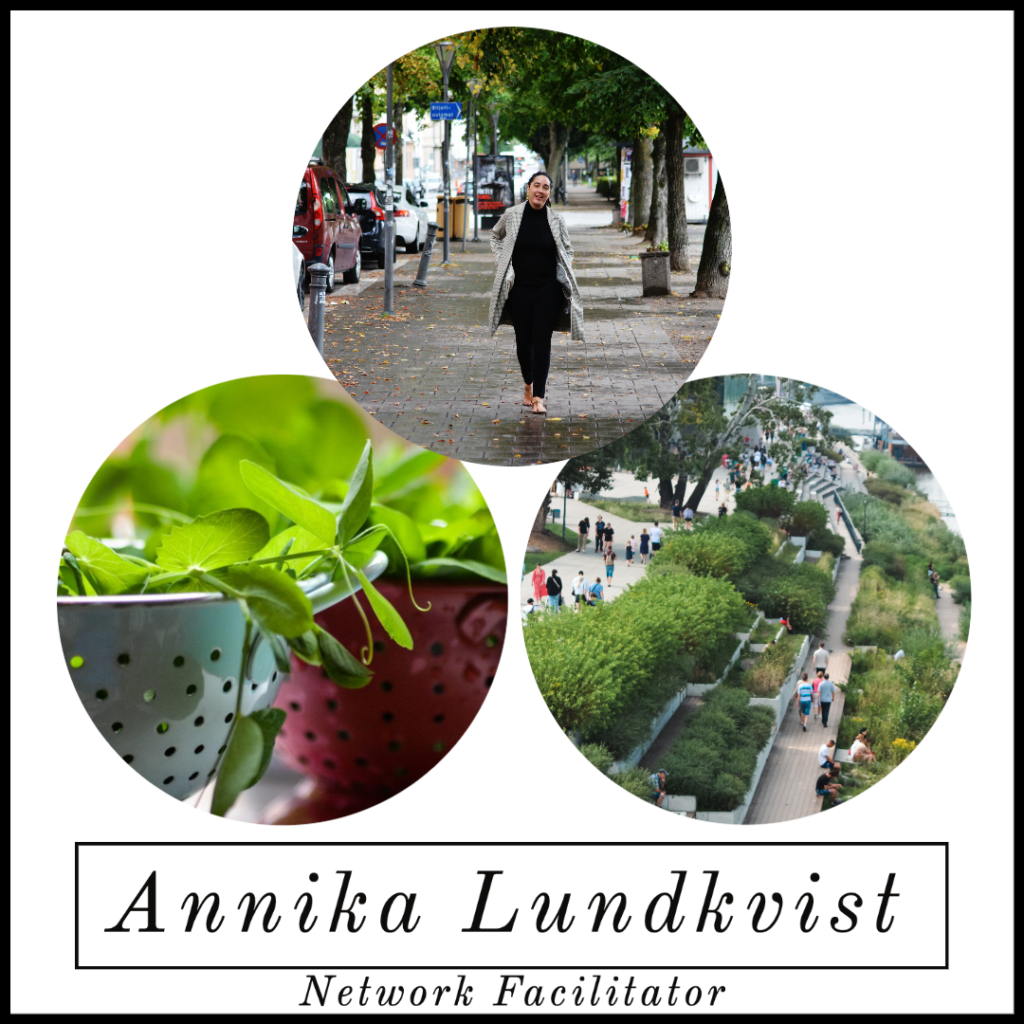
Location: Warsaw, Poland
Elevation: 100 m
Interests: Urban & community gardens, blue zones, food deserts & food justice, farmer’s markets, food sovereignty, food security, urban agriculture, urban heat islands, the role of green spaces for climate-resilient urbanism, tree coverage & shaded paths
On founding the Biophilic Urbanism group: I think integrating nature-based solutions into cities is one of the key (as well as most exciting) aspects of developing sustainable cities. I am particularly interested in issues of food security in urban areas and how we transform our current behaviors & systems towards more sustainable production & consumption, as well as empower urban communities to participate in this process.
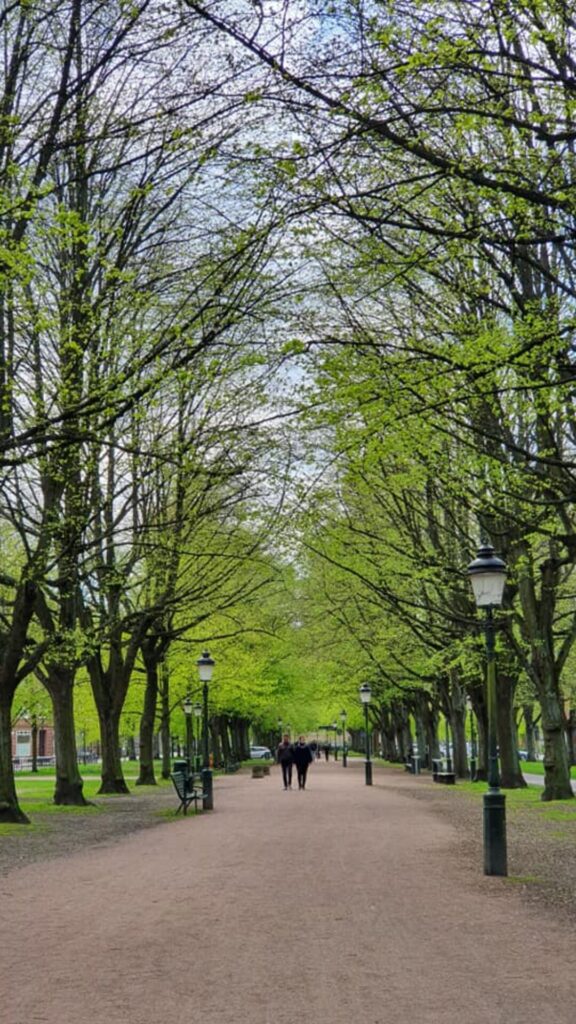
Coverage by Annika
-‘Shade at Bus Stops‘ (August 2022). Read here: https://pedestrianspace.org/shade-at-stops/
-‘Discussing Urban Heat with Dr. Benjamin Zaitchik‘ (July 2022). Read here: https://pedestrianspace.org/discussing-urban-heat-with-dr-benjamin-zaitchik/
-Notes on ‘Outdoors, Green Space & Mental Health‘ (January 2021). Read here: https://pedestrianspace.org/green-space-mental-health/
–Oslo as European Environmental Capital 2019 (April 2021). Read here: https://pedestrianspace.org/oslo-as-european-environmental-capital-2019/
Urban Heat Investigations:
NEGATIVE EFFECTS
- Health risks
- Amplified risks for marginalized communities
MITIGATIONS
- Tree planting
- Parks & parklets
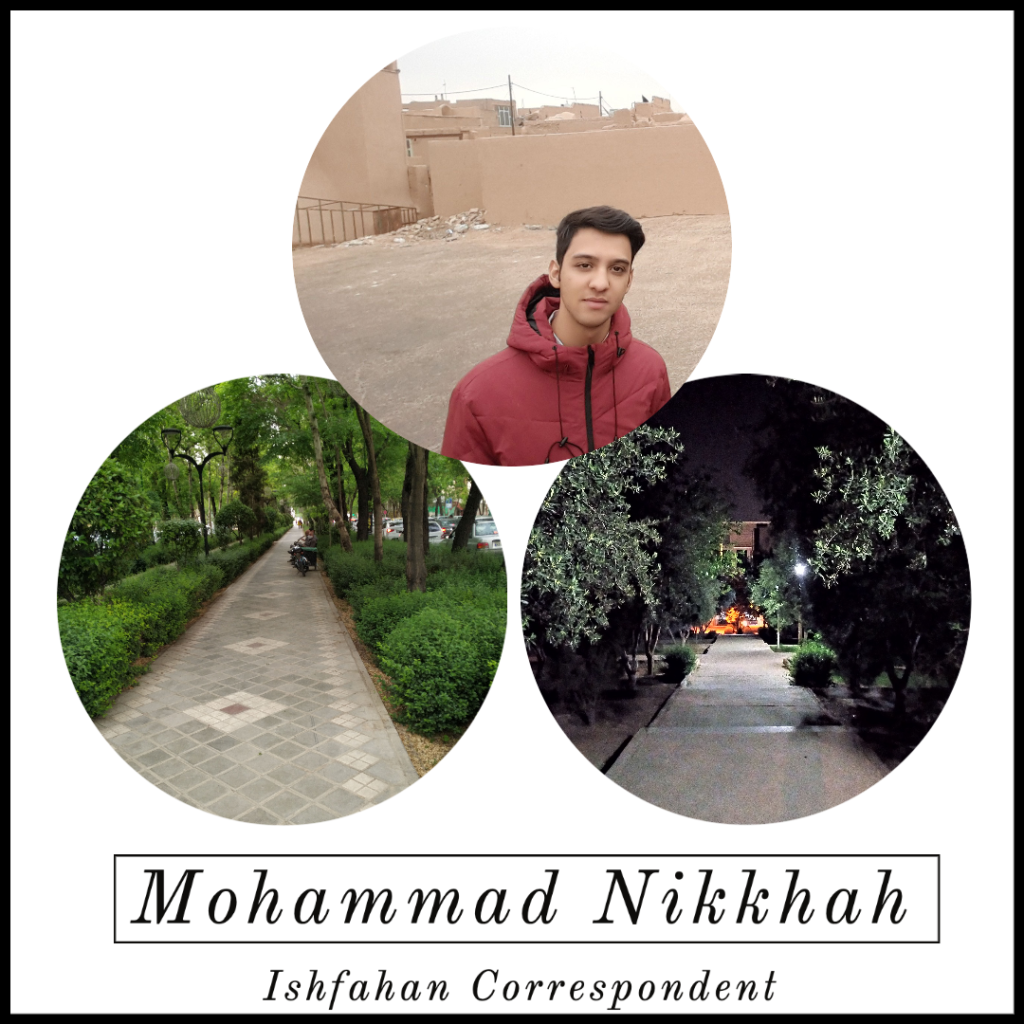
Location: Isfahan, Iran
Climate Zone: Arid/Dry
Elevation: 1600 m
Interests: Urban & community gardens, Blue Zones, food deserts & food justice, farmer’s markets, equity in tree coverage & shaded path, biophilic design & water
Urban Heat Investigations:
NEGATIVE EFFECTS
- Health risks
- Overheating
MITIGATIONS
- Tree planting
- Parks & parklets
- Permeable surfaces

Location: London, England
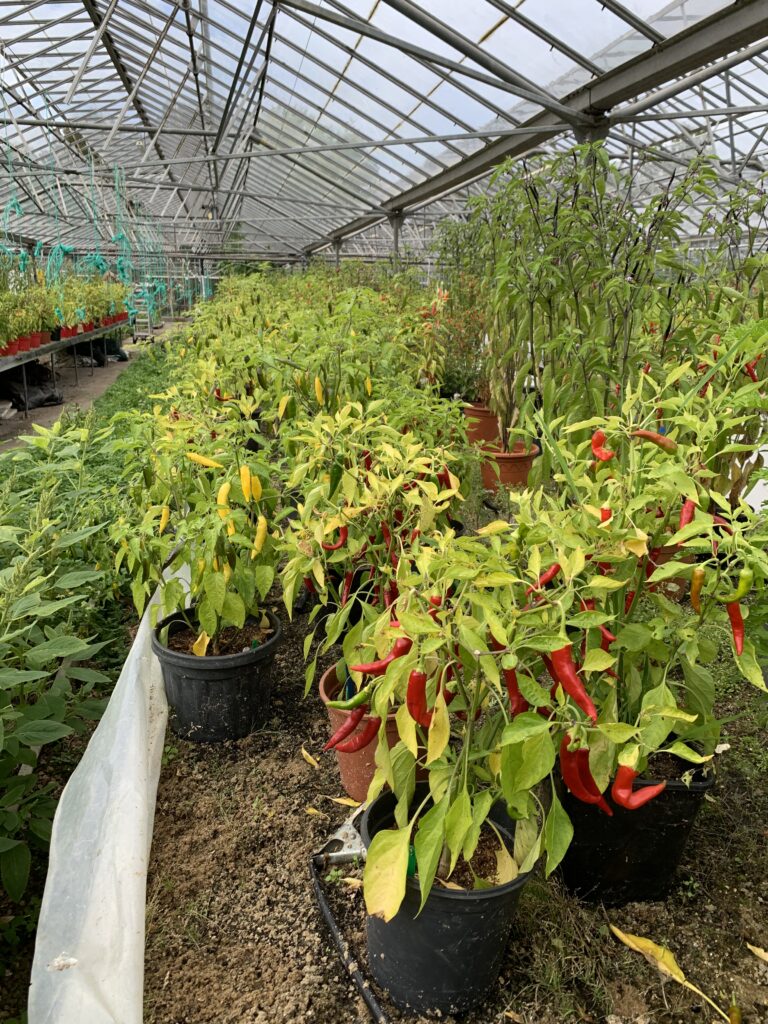
Coverage by Alan
Organic Lea: Rethinking the Food System (October 2022) Read here: https://pedestrianspace.org/organic-lea-rethinking-the-food-system/
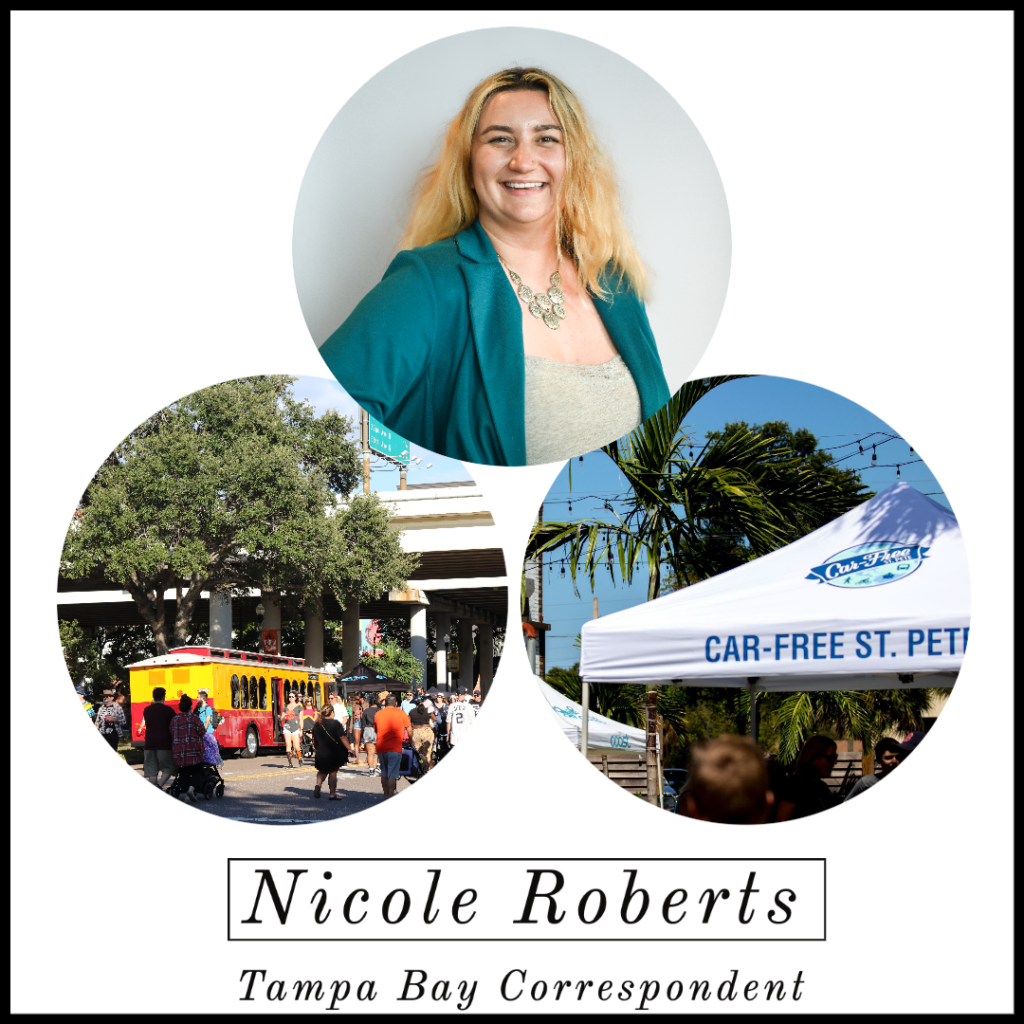
Location: St. Petersburg, FL, USA
Interests: Urban & community gardens, blue zones, food deserts & food justice, farmer’s markets, urban agriculture, urban heat islands, role of green spaces for climate-resilient urbanism
“Biophilic urbanism has emerged as a way to bring nature more purposefully into cities, not just between buildings and infrastructure, but into and onto them in ways that increase the connectivity between people and nature and derive benefits from natural services and functions.”
– From “Biophilic streets: a design framework for creating multiple urban benefits” by Agata Cabanek, Maria Elena Zingoni de Baro & Peter Newman

Location: Toronto, ON, Canada
Elevation: 76 m
Interests: Urban & community gardens, urban agriculture, the pandemic’s exposure of great inequity in access to green space in many cities, Equity in tree coverage & shaded paths, pollination & insect resilience
On joining the Biophilic Urbanism group: I first hear the term “Biophilic” after joining the Network but for many years I’ve been interested in the use of “live” nature in the design and construction of cities, roads & buildings.
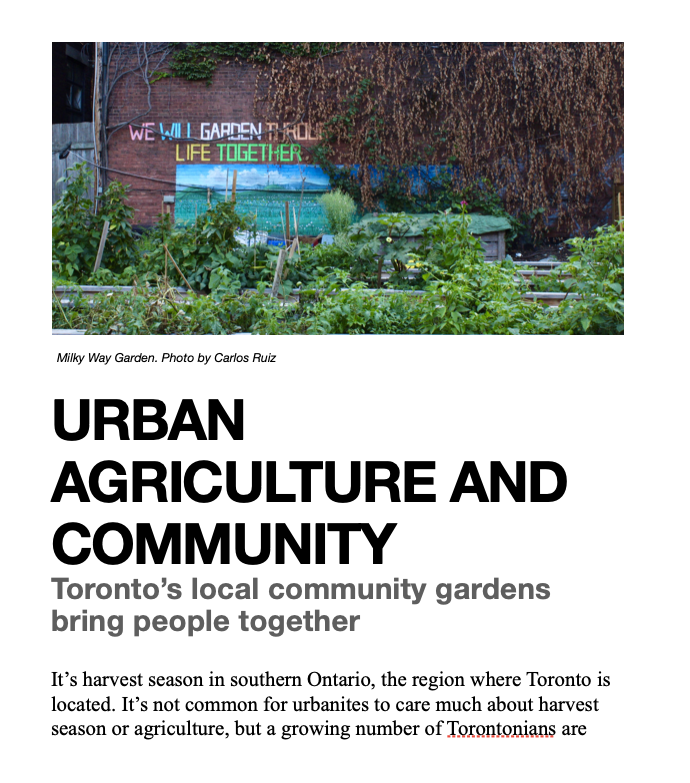
Coverage by Carlos
Toronto’s ‘Urban Agriculture Week’, September 2022: Urban Agriculture & Community: Toronto’s local community gardens bring people together. Read here: https://pedestrianspace.org/urban-agriculture-community/
Urban Heat Investigations:
NEGATIVE EFFECTS
- Higher air pollution
- Rising economic costs & energy consumption
- Amplified risks for marginalized communities
MITIGATIONS
- Tree planting
- Green roofs
- Cool roofs
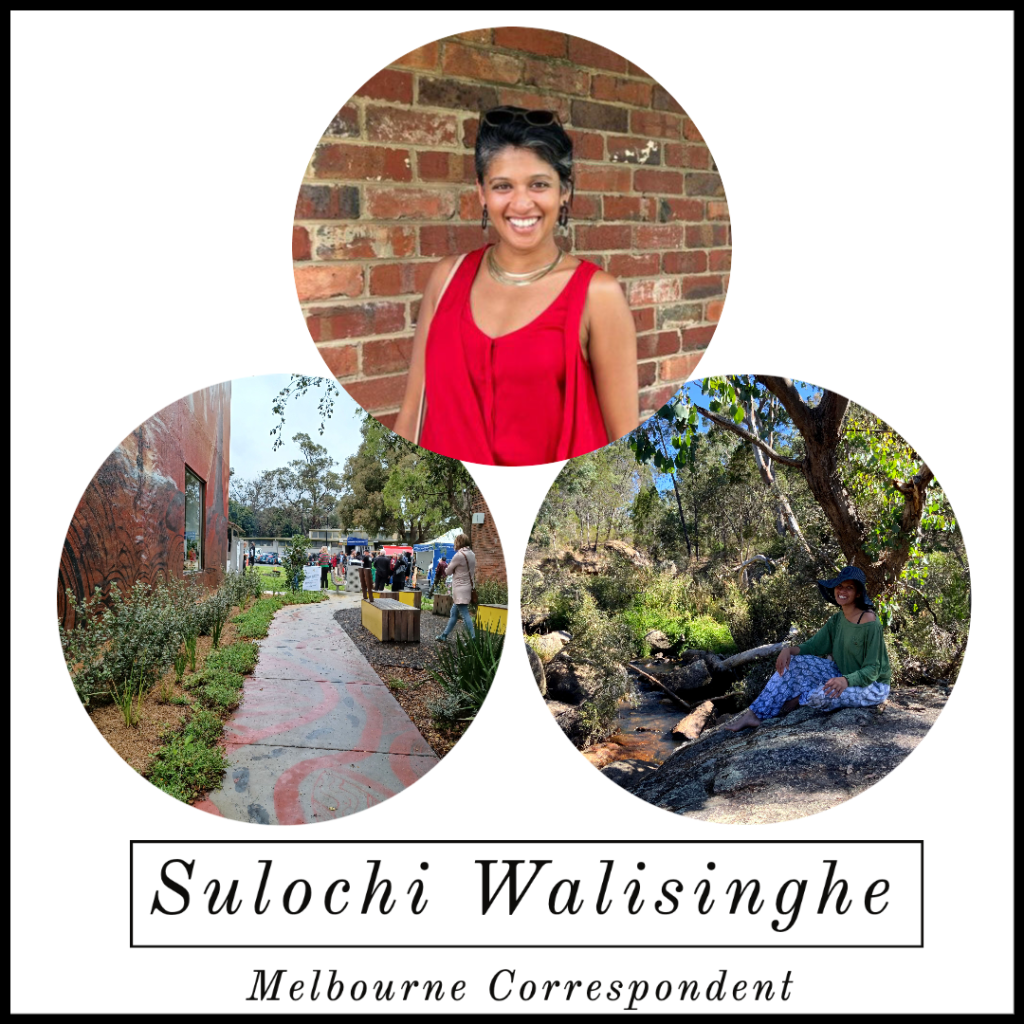
Location: Melbourne, Australia
Interests: Blue Zones, urban heat islands, role of green spaces for climate-resilient urbanism, green infrastructure, biophilic design & water
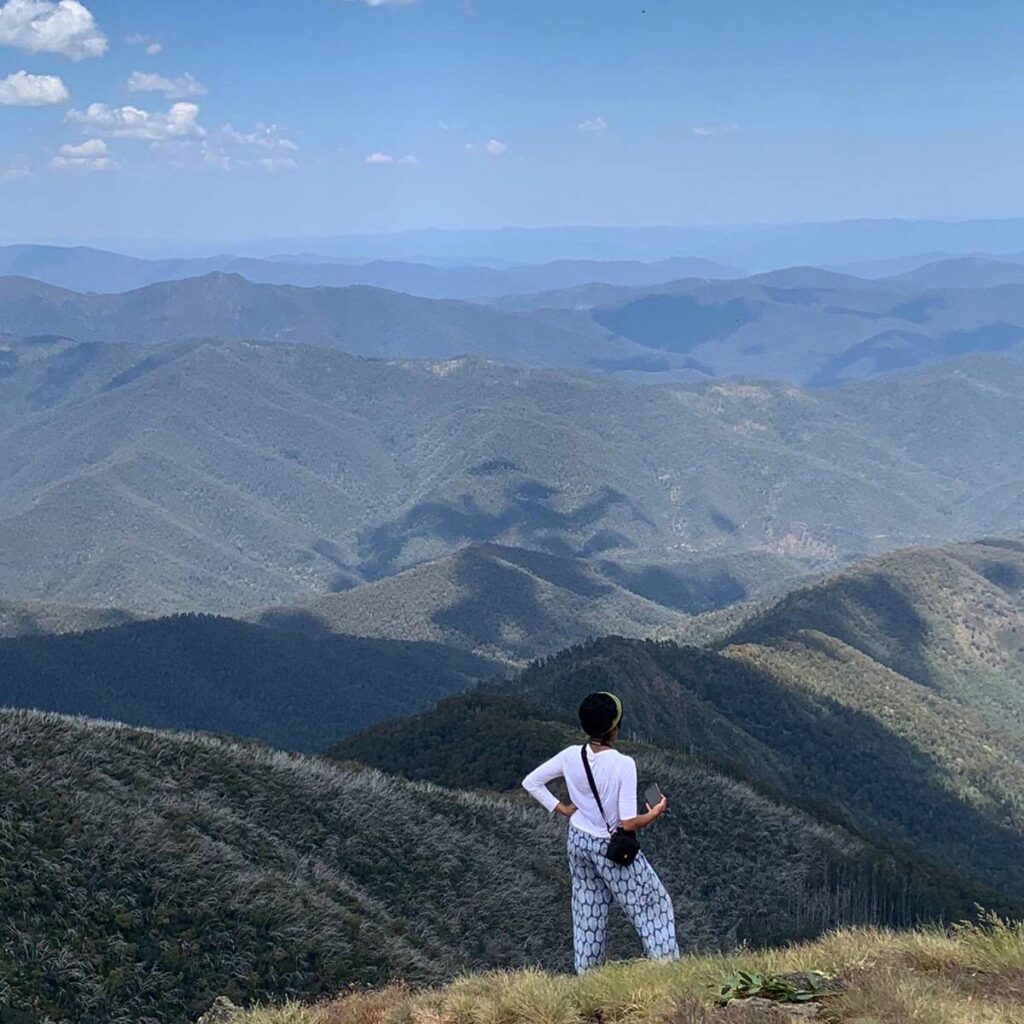
GWCN Biophilic Urbanism August meeting: Presentation on Melbourne by Sulochi
READING & VIDEO RESOURCES
Beatley, T. Excerpt from Imagining Biophilic Cities.
Fisher, A. (December 2021). Grassroots rebels: meet the ‘biophilics’ who are busy greening our cities. The Guardian.
Neeser, T. (2019). Biophilic Urbanism: Redefining Walkability in the Urban Core. University of Washington.
Natural Walking Cities (September 2019) Walkable Cities are Green Cities: How walkability is reinforced by natural urban infrastructure.
Video: Walkability through Biophilic Design
URBAN AGRICULTURE
Simon, M. (September 2022). It’s Time to Make Cities More Rural: Enough with the urban vs. rural binary. When rurbanization brings agriculture into cities, everyone benefits. WIRED.
URBAN HEAT
Azhar, A. (June 2022). From the Middle East to East Baltimore, a Johns Hopkins Professor Works to Make the City More Climate-Resilient. Inside Climate News.
Desai, A. (June 2022). This may be the coolest summer. Be ready for 51 degrees C. Question of Cities.
EPA, Heat Island Impacts.
EPA, Reduce Urban Heat Island Effect.
Simon, M. (April 2022). Extreme Heat Is a Disease for Cities. Treat It That Way, WIRED.
Tong S, Prior J, McGregor G, Shi X, Kinney P. (2021). Urban heat: an increasing threat to global health BMJ 2021.
https://www.bmj.com/content/bmj/375/bmj.n2467.full.pdf
World Economic Forum ( 2022). Discover how sweltering urban heat islands are being cooled down.
